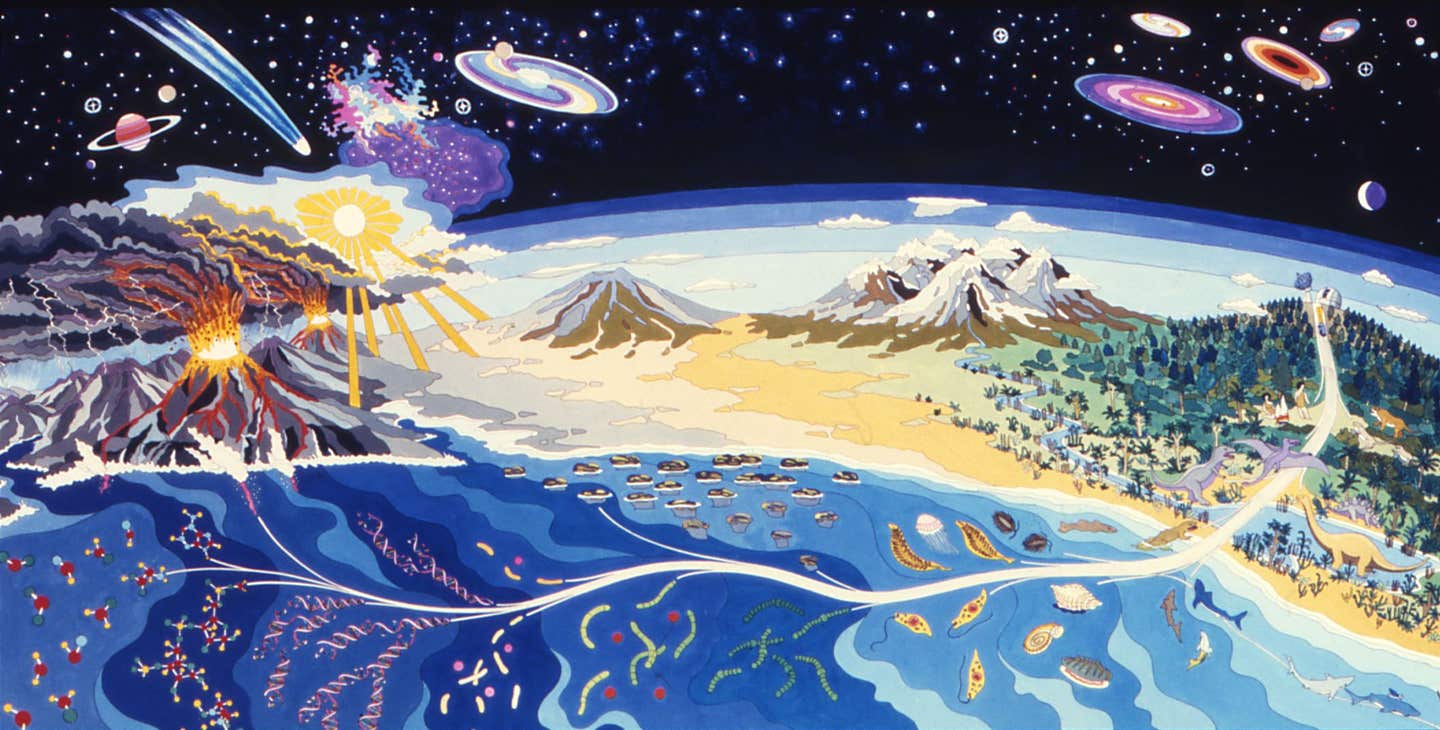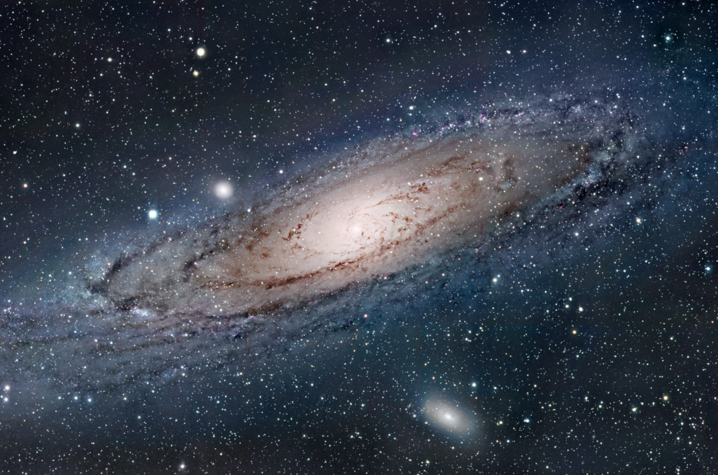Did life on Earth come from outer space? Study provides new insights
New research hints that some of the essential ingredients for life might have come from outer space.

The mystery of how life began on Earth is a puzzle scientists are diligently piecing together. One prevailing theory suggests that life started in a "primordial soup" of organic chemicals on the young Earth. Now, new research hints that some of the essential ingredients for life might have come from outer space.
A groundbreaking study published in Science Advances reveals that peptides, which are short chains of amino acids, can form more easily in the harsh conditions of space than on Earth. This discovery suggests that peptides could have been delivered to early Earth by meteorites or comets, potentially kickstarting the process that led to life.
Understanding Life's Building Blocks
In living organisms, life functions are driven by proteins—complex, carbon-based molecules. The instructions to create these proteins are encoded in DNA, another intricate organic molecule. Proteins are assembled from simpler molecules called amino acids, often referred to as the "building blocks of life."
To comprehend how life originated, scientists explore how and where these building blocks form and under what conditions they can spontaneously organize into more complex structures. They also investigate the crucial transition that allows these structures to become living organisms capable of self-replication.
The recent study shines a light on how some of these building blocks could have formed in space and made their way to Earth.
Peptides: The Small But Mighty Chains
DNA, the molecule that carries our genetic code, is made up of about 20 different amino acids. These amino acids are like the letters of an alphabet, arranged in various sequences to encode genetic information.
Similarly, peptides are chains of amino acids, ranging from just a few to hundreds of units long.
Related Stories
Peptides are essential because they can enhance chemical reactions critical to life, acting as catalysts. They might also have played a role in forming early cell-like structures by assembling into primitive membranes that encased other functional molecules.
Despite their importance, forming peptides spontaneously under early Earth's conditions wasn't straightforward. Previous research by the team behind the current study showed that the cold, vast conditions of space might be more conducive to peptide formation.
Peptides in the Interstellar Medium
In the sparse regions of space known as the interstellar medium, clouds of molecules and dust particles float through the cosmos. Here, individual carbon atoms can adhere to dust grains along with molecules like carbon monoxide and ammonia. These can react to form amino acid-like compounds. As these clouds condense and dust particles begin to stick together, peptides can start to assemble.
The new study focuses on the dense, dusty disks that eventually form new solar systems. When these clouds collapse under gravity, they become environments rich in water, forming ice on the surfaces of growing particle clusters. This ice can hinder the reactions that produce peptides, but it doesn't stop them entirely.
By replicating these space conditions in a laboratory, the study found that peptide formation, while slightly reduced, still occurs. As these particles merge into larger bodies like asteroids and comets, they heat up, allowing liquids to form. This heating boosts peptide formation, leading to more complex organic molecules. These processes likely occurred during the formation of our own Solar System.
Space-Borne Ingredients and Implications for Life
Many fundamental building blocks of life, such as amino acids, lipids, and sugars, can form in the space environment and have been detected in meteorites. The study suggests that because peptides form more efficiently in space than on Earth, their accumulation in comets could have delivered significant amounts to our planet through impacts. These deliveries might have played a crucial role in the steps leading to life on Earth.
This research raises fascinating questions about the potential for life beyond Earth. If the building blocks of life are readily available across the universe, what conditions are necessary for them to assemble into living organisms? Answering this could give us a clearer picture of how common—or rare—life might be in the cosmos.
As we continue to explore our solar system and beyond, understanding the origins of these vital molecules could be key to finding life elsewhere. The notion that life's ingredients might come from space not only enhances our understanding of how life began on Earth but also broadens the horizons of where we might find it in the universe.
This research not only enhances our grasp of life's beginnings on Earth but also opens up exciting possibilities for discovering life beyond our planet. As we look to the stars, the answers to these mysteries may lie in the very building blocks that came from space.
For more science news stories check out our New Discoveries section at The Brighter Side of News.
Note: Materials provided above by The Brighter Side of News. Content may be edited for style and length.
Like these kind of feel good stories? Get the Brighter Side of News' newsletter.



